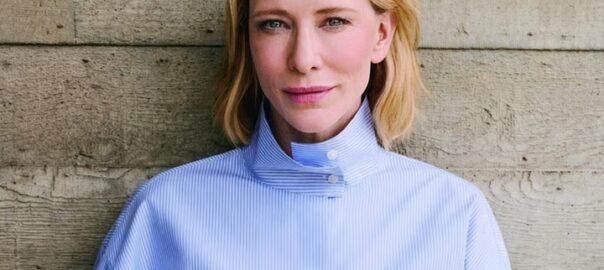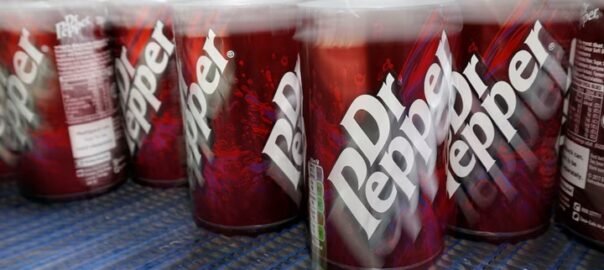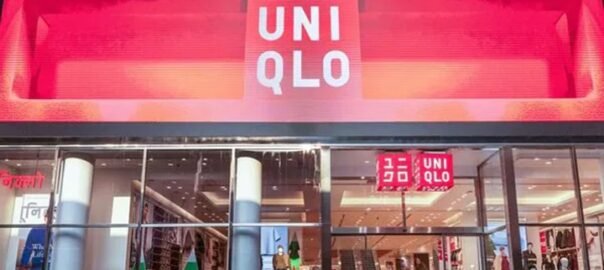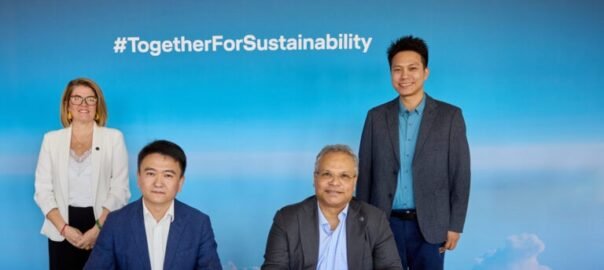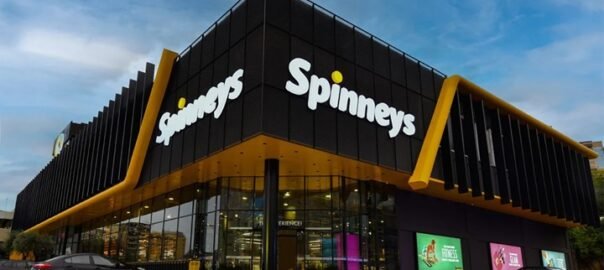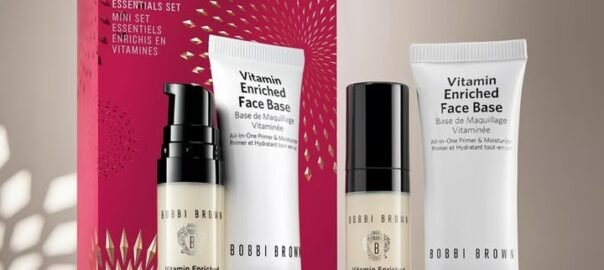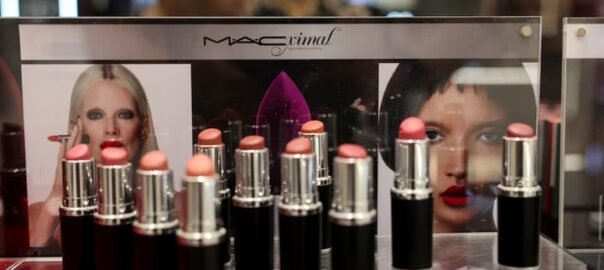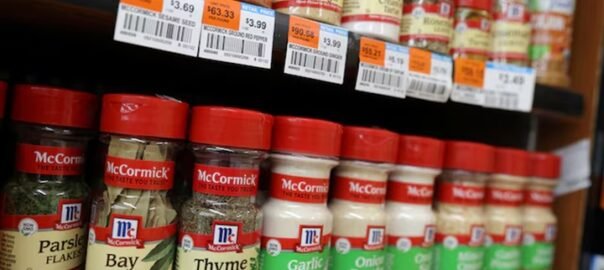The BIGBOX INDIA 2025- A Global Retail & E- Commerce Summit, hosted by Scribe Minds & Media on August 21, 2025 at Sterling’s Mac, Bengaluru, drew to a successful close. The event brought together over 130 top retail & e-Commerce executives, innovators and thought leaders to explore the strategic shifts shaping India’s retail & e-Commerce landscape.
The summit served as a platform to highlight the latest technologies, innovative platforms and strategies that help retailers and e-commerce business succeed in India’s fast-paced environment.
The keynote address was delivered by Akash Tiwary, Director of Operations at Zepto, on the topic ‘Quick Commerce and Online Grocery: The newest E-Commerce Space in India’.
The summit featured 3 insightful panel discussions on the below topics, each offering valuable insights from industry leaders.
- Navigating the Evolving Indian Consumer Landscape
- Building Customer Relationships in the Digital Age
- Shaping the Future of Retail & E-Commerce in India: Trends, Technologies, and Growth Drivers
Some of the other key topics presented during the event included;
A session on ‘The Importance of Merchandise Planning in the Future of Ecommerce’, emphasized how effective planning helps retailers forecast demand, optimize inventory, and drive profitability. Another presentation ‘Beyond the Feed: Social Commerce & Livestream’s Immersive Retail Revolution in India’ explored the rise of social commerce, influencer led- sales, and strategies for creating engaging and interactive retail experiences.
In the session titled ‘Building a Loyal Customer Base in the AI World’, the focus was on how AI can be leveraged to deliver personalised experiences, offer predictive support to consumers using AI powered tools and how to foster long-term loyalty through ethical practices. Lastly, a showcase presentation on ‘Physical Retail Reimagined: Redefining Physical Spaces and Mall Evolution in India’, focused on transforming stores and malls into interactive, omnichannel hubs that drive sustainable growth and community engagement.
The Delegate profiles of those who attended the event;
CEOs, COOs, CMOs, CIOs, CFOs, and CTOs VPs, Group Heads, Directors, And Regional Managers for; Retail, Strategy, Customer Service, Security, Digital, Supply Chain, E-commerce, Technology, IT, Transportation, Operations, and Warehouse Management.
The event closed with the much-awaited award ceremony hosted by Clap4Brandz, recognising outstanding achievements across the industry. Awards were presented to the following categories;
- Top 10 RETAIL LEADERS
- Top 10 E-COMMERCE LEADERS
- Category Awards
Scribe Minds & Media extends its sincere gratitude to all the sponsors whose support contributed to the resounding success of the event, including Exotel, Joy IT Solutions as Gold Sponsors, Clickpost, Amazon Shipping and Imagekit.io as Exhibiting Partners, Bitespeed, One X solutions, PORTER, Rubick.ai as Networking Partners & Flyberry Gourmet, Oatey, Wooden Street. Earth n We & Wow Momo as Gifting partners.
The BIGBOX INDIA 2025 summit, successfully brought together industry pioneers to share their strategic insights on the evolving future of retail and ecommerce. The topics discussed during the summit empowered the delegates with knowledge, tools and connections to navigate and thrive in a dynamic retail landscape.
Follow us to know more about our upcoming events.


